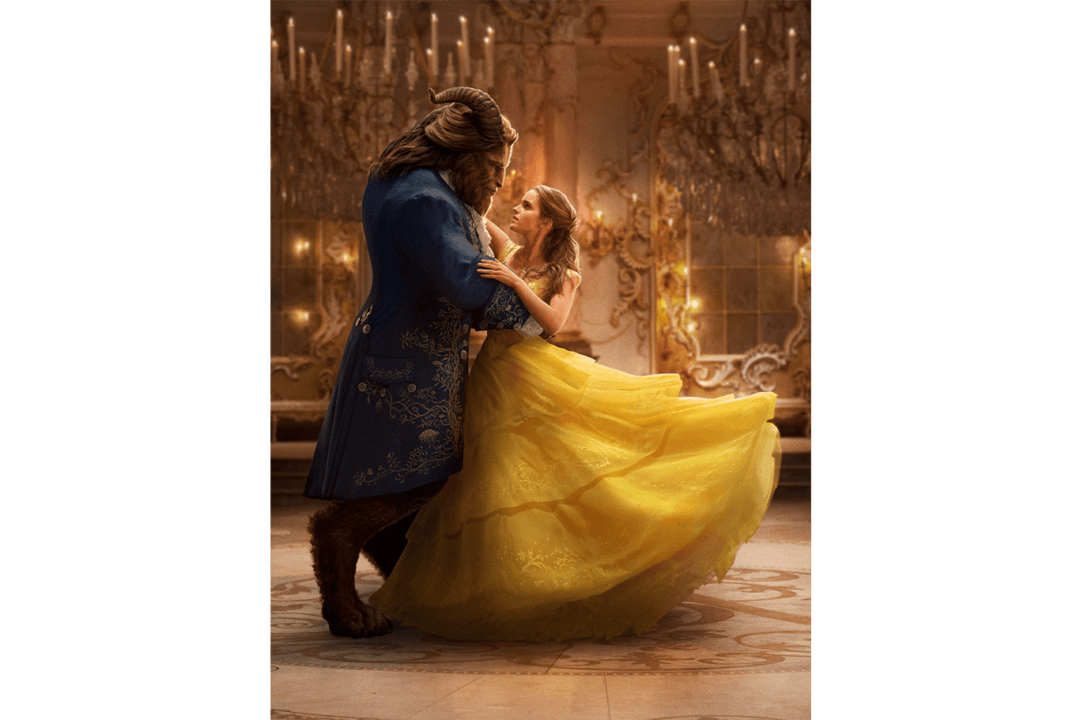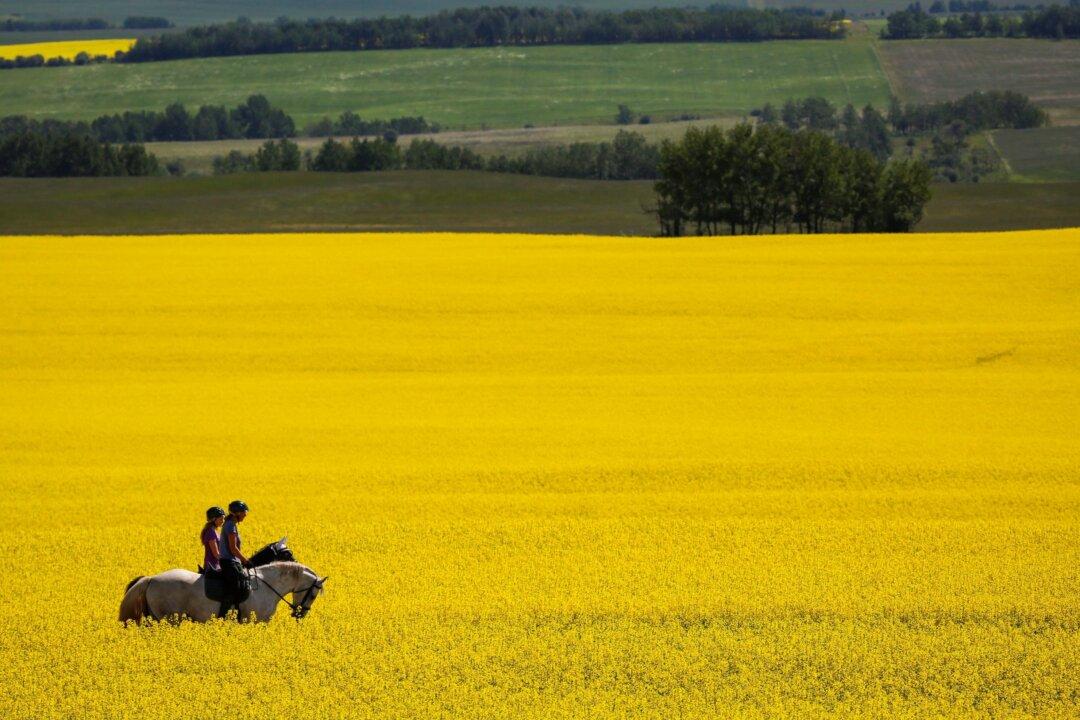It’s hard to believe that it’s been 26 years since the release of the original animated “Beauty and the Beast.” The film was the first of its kind in terms of grandeur and marked the beginning of Disney’s golden age of animation, earning an Oscar nomination for picture of the year. In my household and no doubt countless others it was a mainstay on VCRs for years after its release.
Having recently revived “Beauty” in a live-action remake, Disney brings the story to a new generation. Disney knows the value of myths and is also keen to capitalize on the appetite for nostalgia. While it’s good for the bottom line, there is also genuine value in resurrecting these tales for a new age.
The strength of “Beauty and the Beast” lies in its story, one that adheres to universal mythologies. For thousands of years the same folk tales have been repackaged for each generation using the media of the day. From oral tradition to books to television to video recording, the medium changes but the message does not.
“Beauty and the Beast,” “Star Wars,” Harry Potter, and “Lord of the Rings” all succeed in staying true to humanity’s most basic character archetypes and mythologies, the fabled “Hero’s Tale.”
Renowned mythologist Joseph Campbell, who coined the term “Hero’s Tale,” was an important influence on filmmakers like George Lucas and Disney’s team of screenwriters. He studied the universal elements of different myths, folklore, and religions and found that irrespective of nation or race, humankind has a universal element to its mythology.
Campbell came to the conclusion that mythology was the vehicle through which a cultural framework could be developed that would educate children and provide them with a way to understand the different stages of life, from birth to death. The most effective way of doing this was through stories that exemplified the “Hero’s Tale,” a journey characterized by a call to adventure, a path of trials, a discovery, and a return to the world with the knowledge of that discovery. It is symbolic of the human experience.
As children, repeatedly reading from the same fairy tales represents the human desire to make sense of existence by priming our psyche with our most central hopes and fears.






